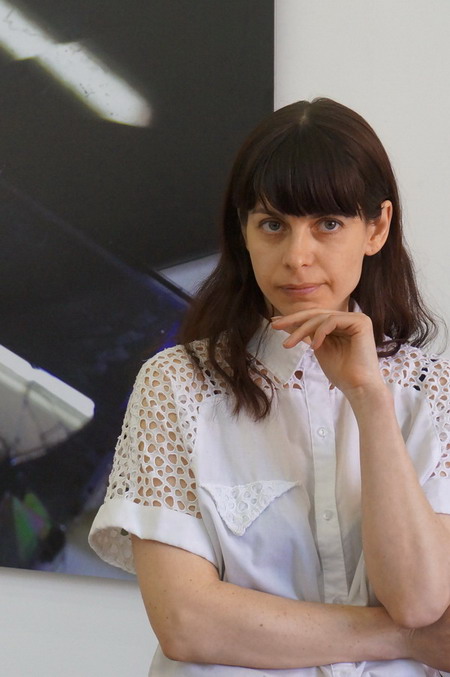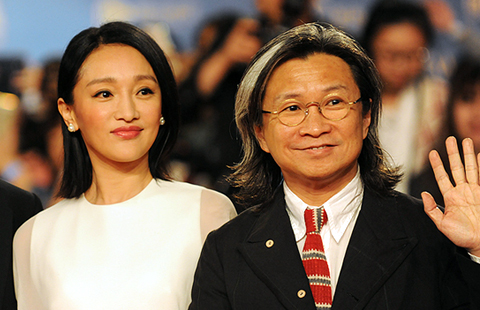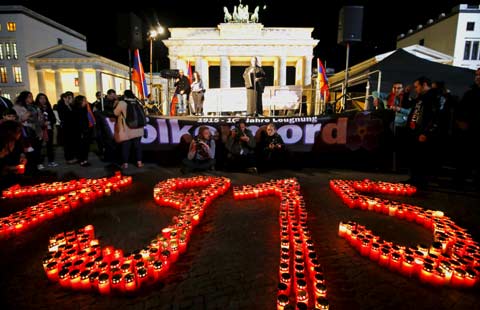
|
 |
|
Canadian artist Dominique Sirios. [Photo by Ruan Fan/chinadaily.com.cn] |
"It might be hard for us to imagine, because destruction is not something that we want to see," Grégory said. "But it is not something impossible," he said.
He referred to the picture visitors saw at the entrance hall - a picture that features a smashed screen of a computer. He said: "When our phone was broken into pieces, we may feel heartbroken as if our world is split apart, but it might be exactly what we need, a whole new start."
"To confront destruction on a larger scale – such as the destruction of the earth or the extinction of the human race, which seems only inevitable, also pushes us to question the development of human beings, where we are going and how human civilization will become," says Dominique.
Transmission of memory
Aside from destruction, transmission of memory is another theme of the exhibition.
"Everyday, tons of information come to us, but we don’t know how to think about them nor what we can do about them," said Grégory.
"So if we could just look from a thousand years later, we might be able to have a better perception about what we are encountering and live a more fulfilled life," he said.
According to Grégory, the Internet has created an era where an anonymous person could - consciously or not - leave his marks in databases, blogs, etc.
"It is the first era where anonymous persons are remembered," he said, "but the paradox is that, this digital memory is becoming more and more excessive, amnesiac so to speak, because it is overpowering us."








